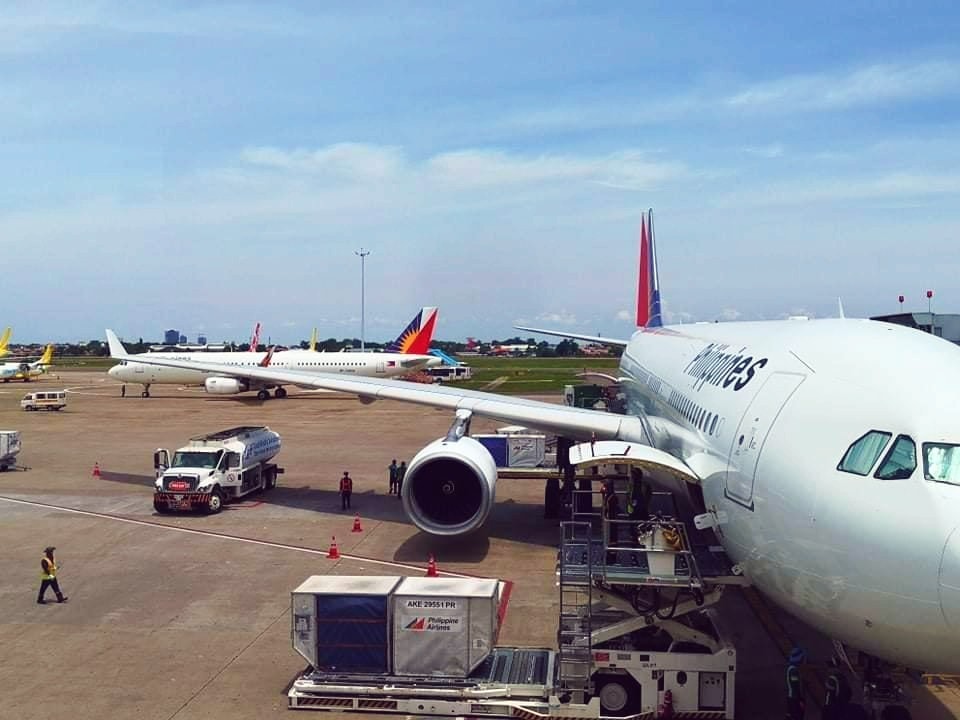Budget carrier Cebu Pacific has expressed support for the long-term vision of the New NAIA Infrastructure Corp. (NNIC) while emphasizing the need for careful planning and consultation before implementing terminal reassignments at Ninoy Aquino International Airport (NAIA).
The low-cost carrier stressed the importance of having all necessary operational support and systems in place before any changes are made to ensure minimal disruption to passengers.
“To ensure a seamless transition with minimal disruption to passengers, a thorough consultative process and sufficient preparation time are essential for every terminal transfer,” Cebu Pacific said in a statement.
The airline cited its experience in Singapore as an example of the time required for such transitions.
“In Singapore, it took us a year of discussions and coordination with both parties before we moved to Changi Airport Terminal 4 from the low-cost carrier terminal,” the statement noted.
Cebu Pacific emphasized the critical need to avoid disruptions during peak travel periods, particularly during the Christmas season, which it described as “the busiest time of year for us.”
The statement comes in response to plans announced by the San Miguel Corporation (SMC)-led consortium, which is set to take over NAIA operations on September 14, 2024. The consortium aims to reassign airline terminals to decongest the airport and improve passenger flow.
Under the proposed plan, Terminal 1 would be exclusively for Philippine Airlines’ international flights, Terminal 2 would handle domestic flights for both Philippine Airlines and Cebu Pacific, and Terminal 3 would be solely for international flights. AirAsia Philippines would return to Terminal 4.
NNIC has indicated that the reassignment plan will not be executed until the planned Terminal 2 extension project is completed, which is projected to take a few years.
The SMC-led consortium’s broader plans for NAIA include building a new passenger terminal and implementing various upgrades aimed at increasing the airport’s capacity from 35 million to 62 million passengers annually.
While Cebu Pacific expressed support for these long-term goals, its statement underscores the airline industry’s call for thorough planning and open communication to ensure successful transitions.
“If sufficient time and consultation are given, terminal transfers can be handled smoothly,” the airline concluded. “With proper planning and open communication, airlines can successfully manage these transitions.”

























Leave a comment